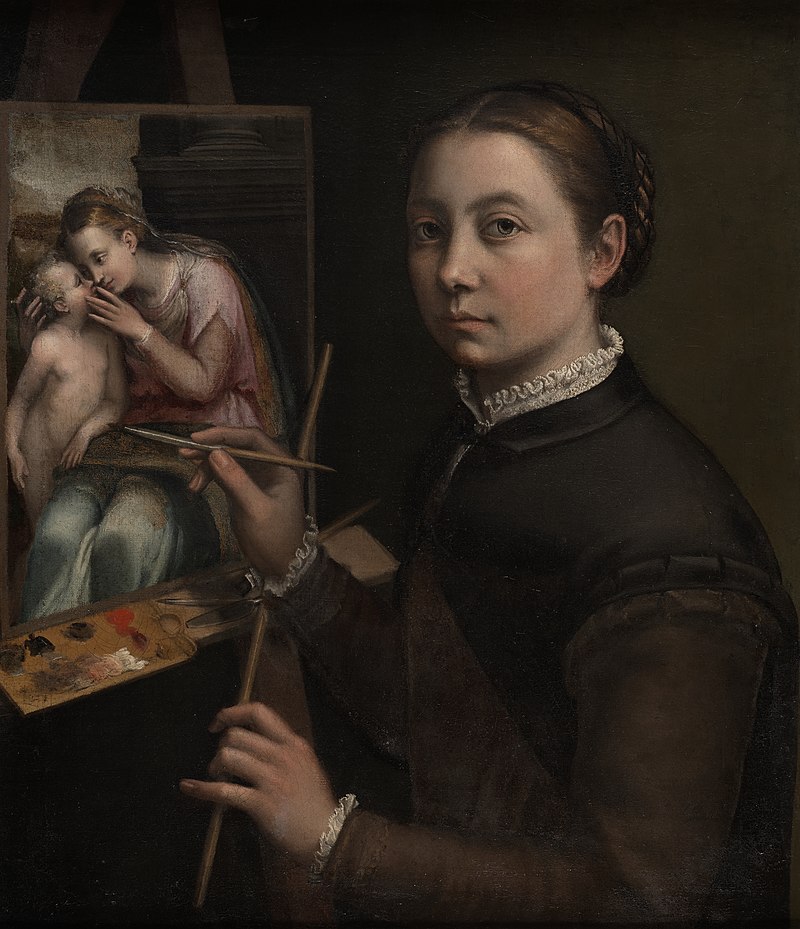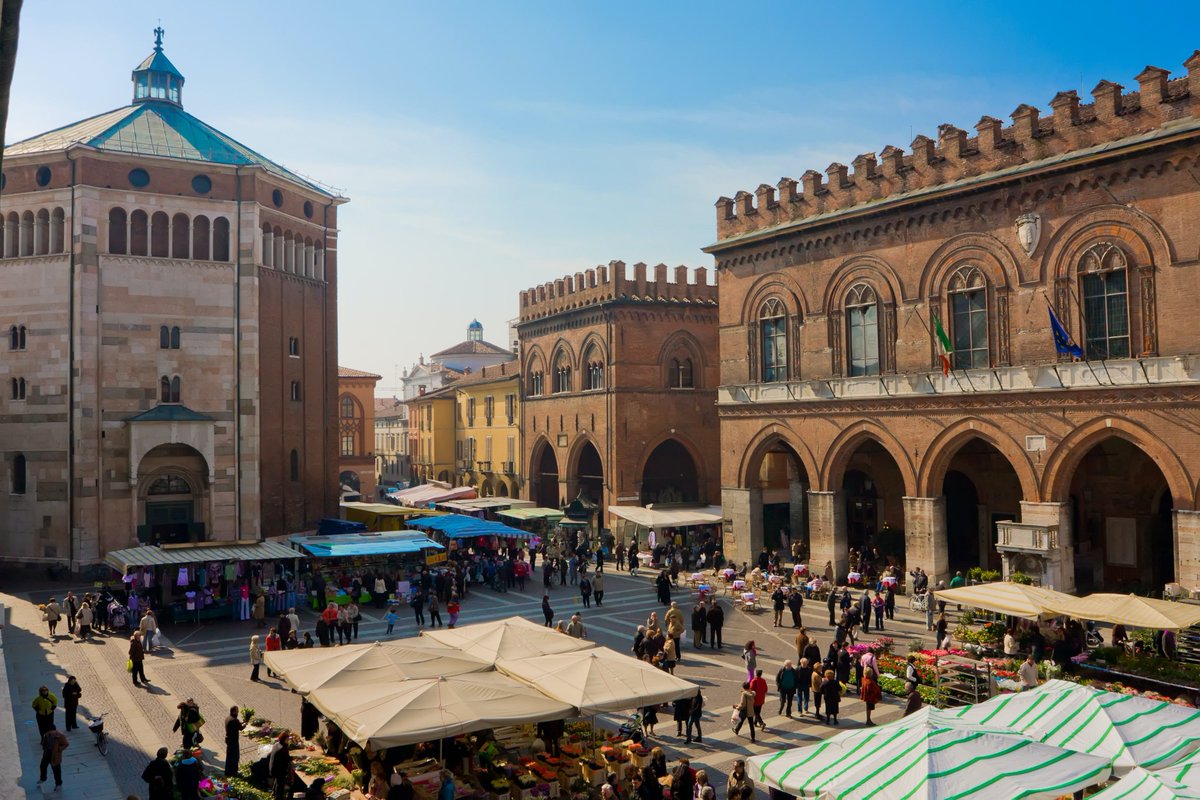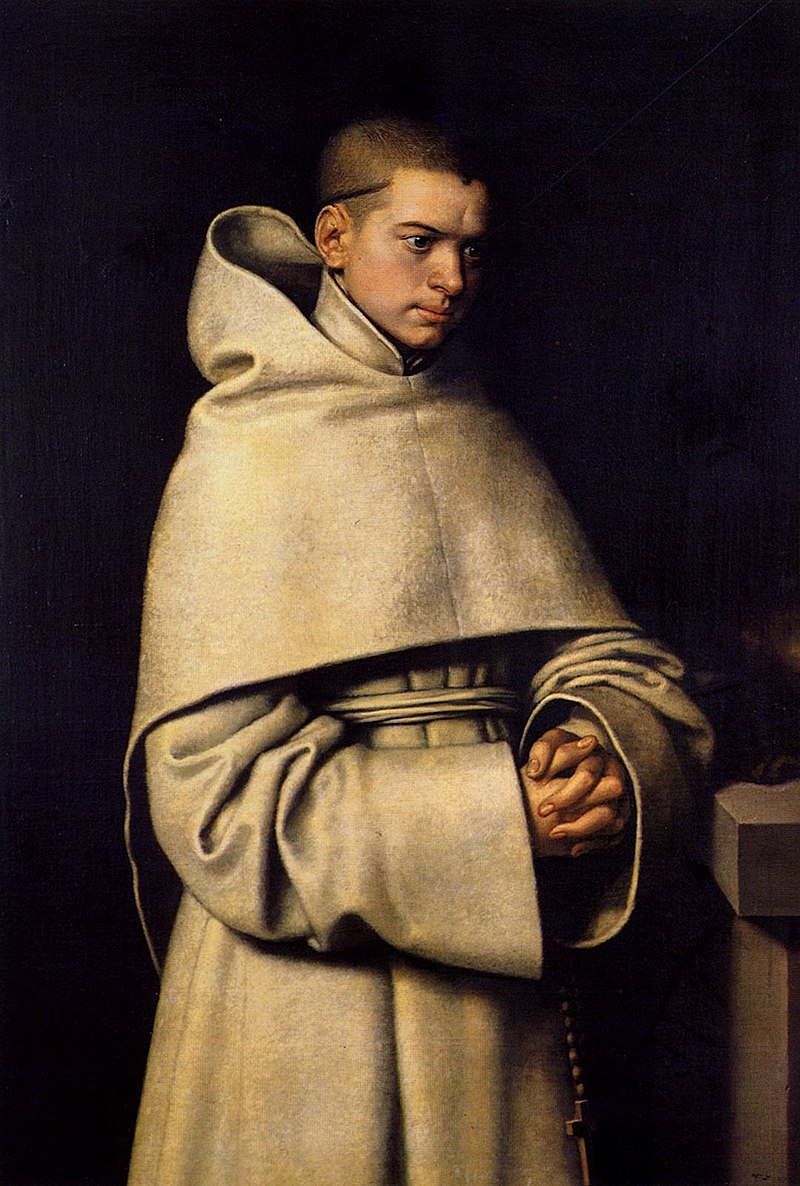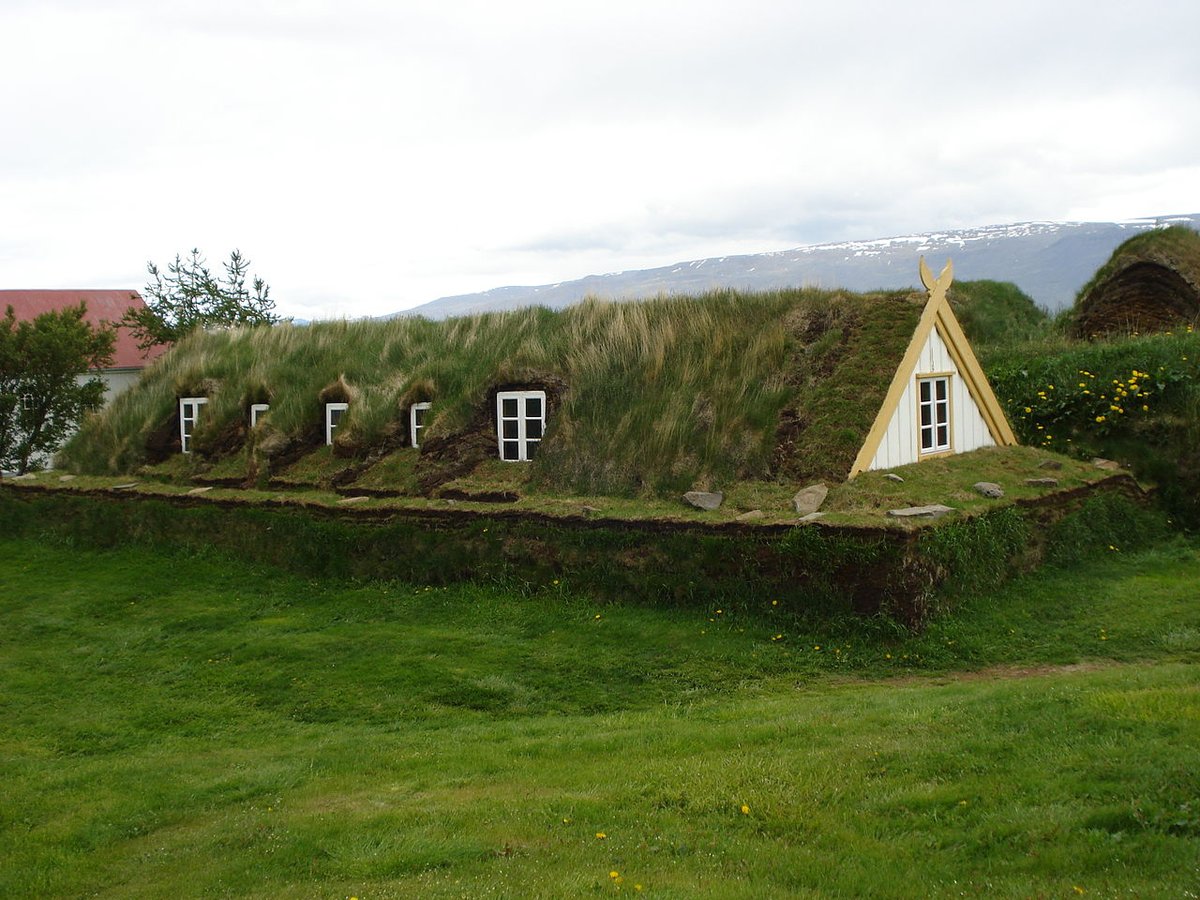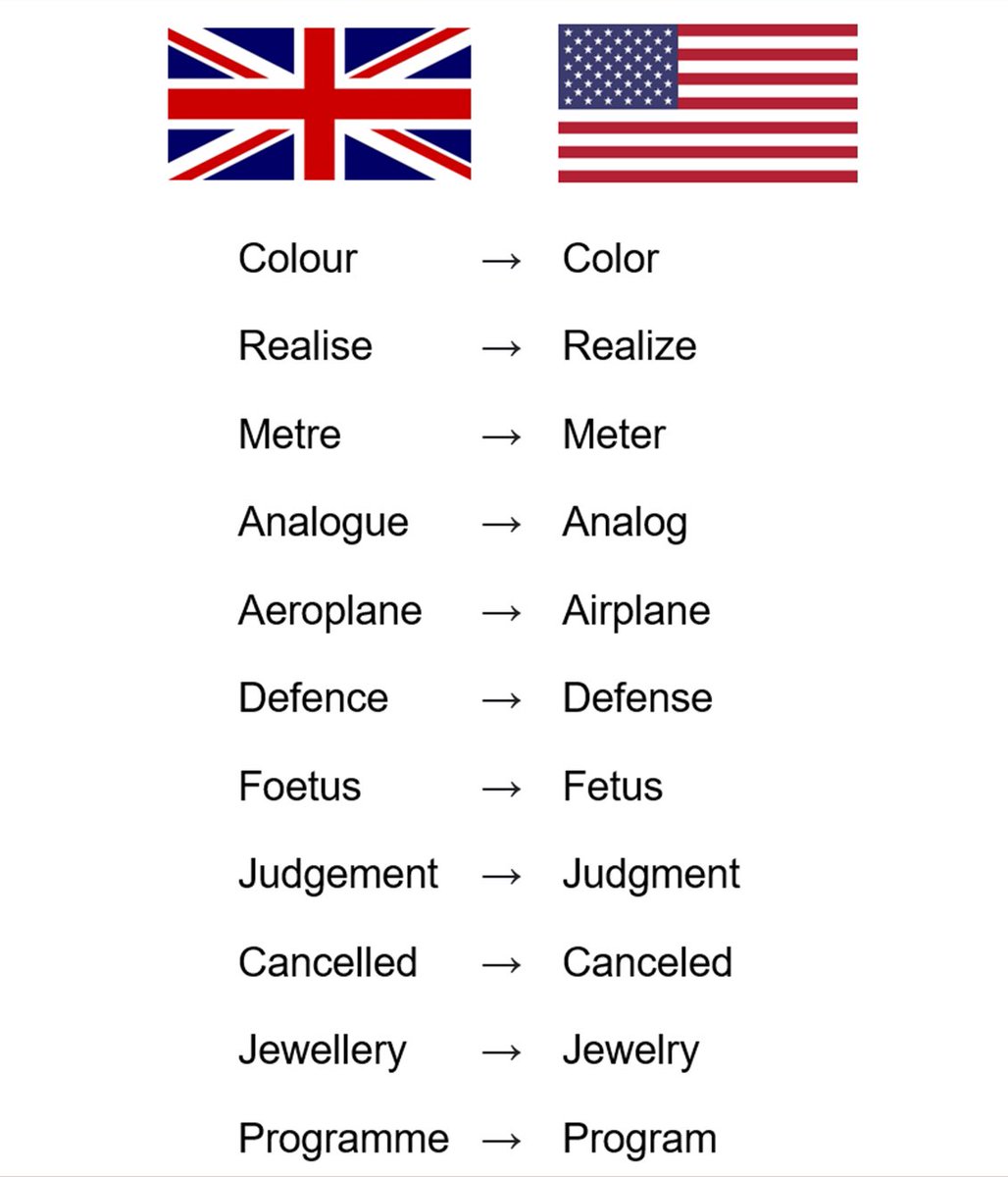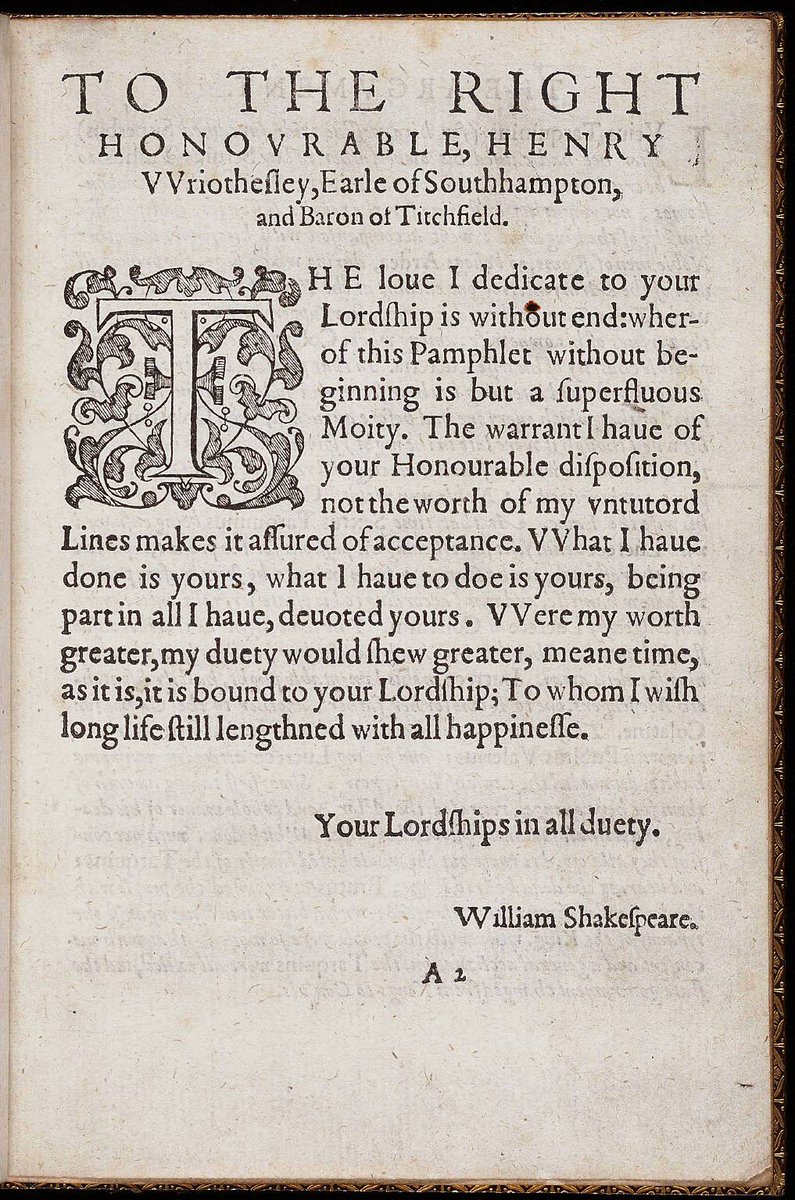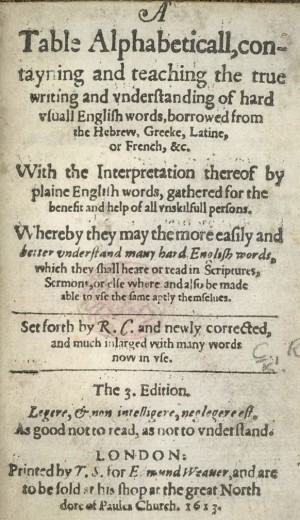
A brief history of humanity in 19 works of art:
1. The oldest art in the world - these 41,000 year old hand-paintings in the Cave of El Castillo, Spain.
1. The oldest art in the world - these 41,000 year old hand-paintings in the Cave of El Castillo, Spain.

2. Royal Game of Ur (3,000 BC)
Fast forward a few dozen millennia and in Mesopotamia the Sumerians were living in cities. They had invented the wheel, writing, irrigation, astronomy, and beer; they composed music, wrote poetry, and played games.
Human civilisation was born.
Fast forward a few dozen millennia and in Mesopotamia the Sumerians were living in cities. They had invented the wheel, writing, irrigation, astronomy, and beer; they composed music, wrote poetry, and played games.
Human civilisation was born.
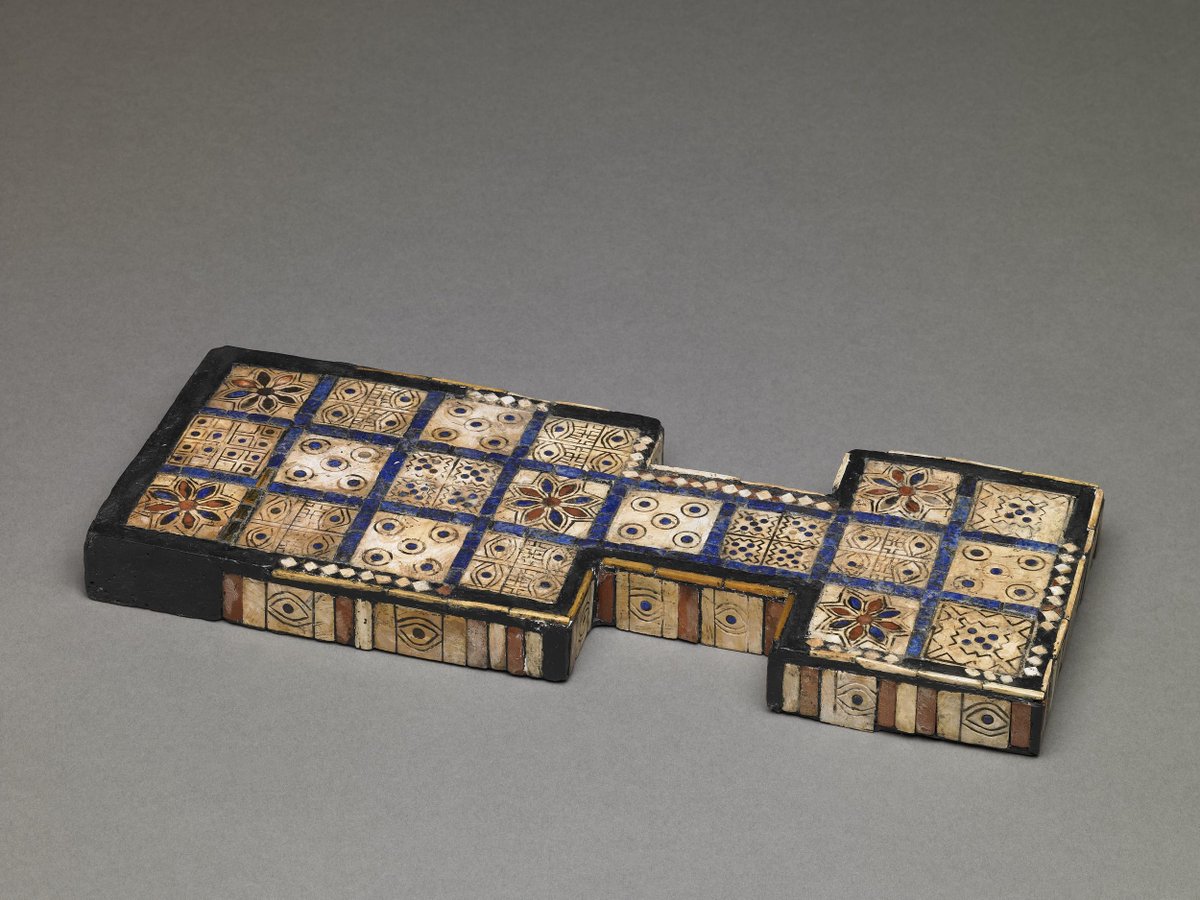
3. The Mask of Tutankhamun (1,325 BC)
Egypt wasn't the first human civilisation, but of all the world's truly ancient societies, that of Egypt was perhaps the most advanced.
Shown here by the extraordinary craftsmanship of Tutankhamun's death mask.
Egypt wasn't the first human civilisation, but of all the world's truly ancient societies, that of Egypt was perhaps the most advanced.
Shown here by the extraordinary craftsmanship of Tutankhamun's death mask.

4. Farnese Hercules (3rd century AD Roman copy of a 4th century BC Greek original)
A sculpture which embodies - in its history and its form - both the Greeks and Romans, two ancient civilisations whose ideas would go on to shape the rest of history.
A sculpture which embodies - in its history and its form - both the Greeks and Romans, two ancient civilisations whose ideas would go on to shape the rest of history.

5. The Terracotta Army in the Tomb of Qin Shi Huang, the first Emperor of China (210 BC)
Human civilisations had been developing right across the world, and in many cases were ruled by kings of divine authority and real power almost unimaginable to us now.
Human civilisations had been developing right across the world, and in many cases were ruled by kings of divine authority and real power almost unimaginable to us now.
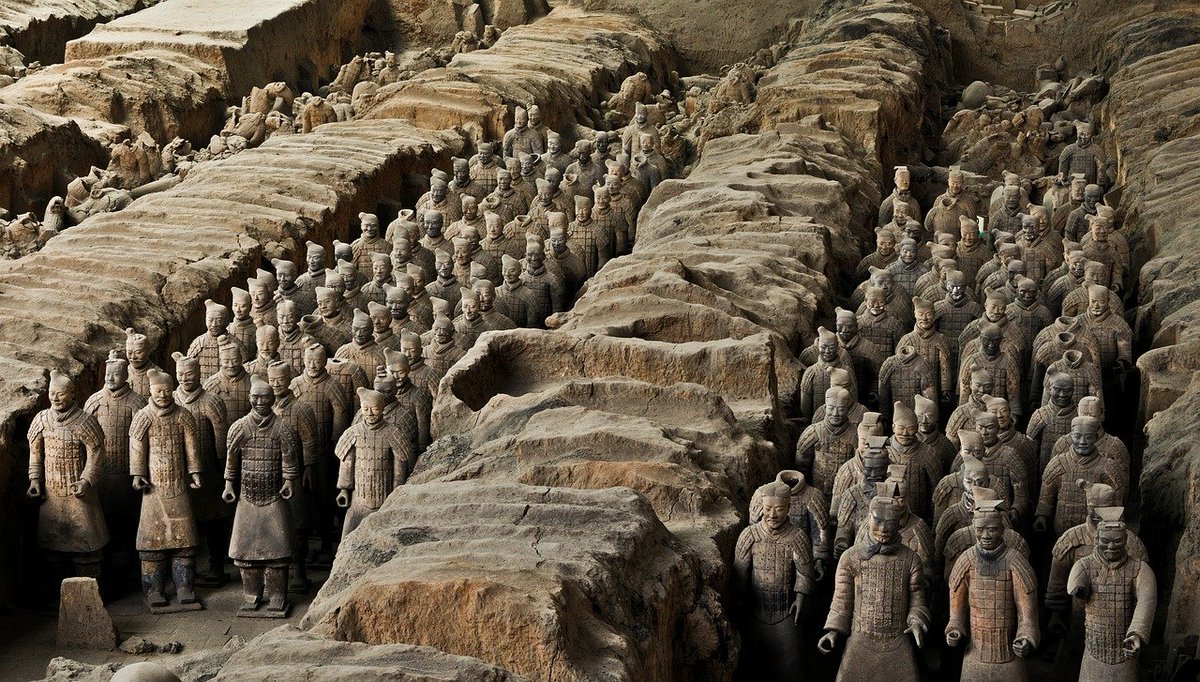
6. Ajanta Caves Murals in Maharashtra (200 BC - 200 AD)
Probably the greatest surviving paintings from the ancient world, these murals in the extraordinary rock-cut temples of Ajanta tell the story of the life of the Buddha and of his teachings. A world of art.



Probably the greatest surviving paintings from the ancient world, these murals in the extraordinary rock-cut temples of Ajanta tell the story of the life of the Buddha and of his teachings. A world of art.




7. Christ Pantocrator, St Catherine's Monastery in Sinai (6th century)
Christianity had appeared as a small offshoot of the Jewish faith in the 1st century AD; 300 years later it was the official religion of Rome and by the 21st century it would have over 2 billion followers.
Christianity had appeared as a small offshoot of the Jewish faith in the 1st century AD; 300 years later it was the official religion of Rome and by the 21st century it would have over 2 billion followers.

8. Moche Portrait Vessel (100-700 AD)
One of the startlingly lifelike ceramic vessels of the Moche culture which flourished in Peru, and a testament to the rich heritage of the many civilisations of the pre-Columbian Americas. Two worlds not yet connected.
One of the startlingly lifelike ceramic vessels of the Moche culture which flourished in Peru, and a testament to the rich heritage of the many civilisations of the pre-Columbian Americas. Two worlds not yet connected.

9. The stained glass windows of the Sainte-Chapelle in Paris (1248)
One of the great artistic achievements of Gothic Europe, and a window into the Medieval world of churches, cathedrals, colour, and sublimity.
A Europe thoroughly different from its classical past...
One of the great artistic achievements of Gothic Europe, and a window into the Medieval world of churches, cathedrals, colour, and sublimity.
A Europe thoroughly different from its classical past...

10. Sistine Chapel Frescoes by Michelangelo (ceiling 1512, far wall 1541)
...but not for long. The Renaissance, with its reimagining of the heritage of Greece & Rome, changed the course of European history; few works of art better capture its profound cultural significance.
...but not for long. The Renaissance, with its reimagining of the heritage of Greece & Rome, changed the course of European history; few works of art better capture its profound cultural significance.

11. Surviving fragment of the Piri Reis Map (1512)
Piri Reis was an Ottoman admiral and cartographer whose famous map includes a depiction of the Americas. Perhaps not strictly art but an exquisite drawing nonetheless, and one which tells of an increasingly connected world.
Piri Reis was an Ottoman admiral and cartographer whose famous map includes a depiction of the Americas. Perhaps not strictly art but an exquisite drawing nonetheless, and one which tells of an increasingly connected world.

12. The mosaic tiles and muqarnas of the Shah Mosque in Isfahan (17th century)
Islam appeared in the 7th century and a thousand years later it had spread throughout the world, from China and Indonesia to West Africa and Europe. It now has nearly 2 billion followers.
Islam appeared in the 7th century and a thousand years later it had spread throughout the world, from China and Indonesia to West Africa and Europe. It now has nearly 2 billion followers.

13. The Benin Bronzes (1300-1750)
One of the great artistic achievements of West Africa, whose rich and storied precolonial history and brilliant art came as something of a shock to Europe when these bronzes were looted and taken there in the 19th century.



One of the great artistic achievements of West Africa, whose rich and storied precolonial history and brilliant art came as something of a shock to Europe when these bronzes were looted and taken there in the 19th century.

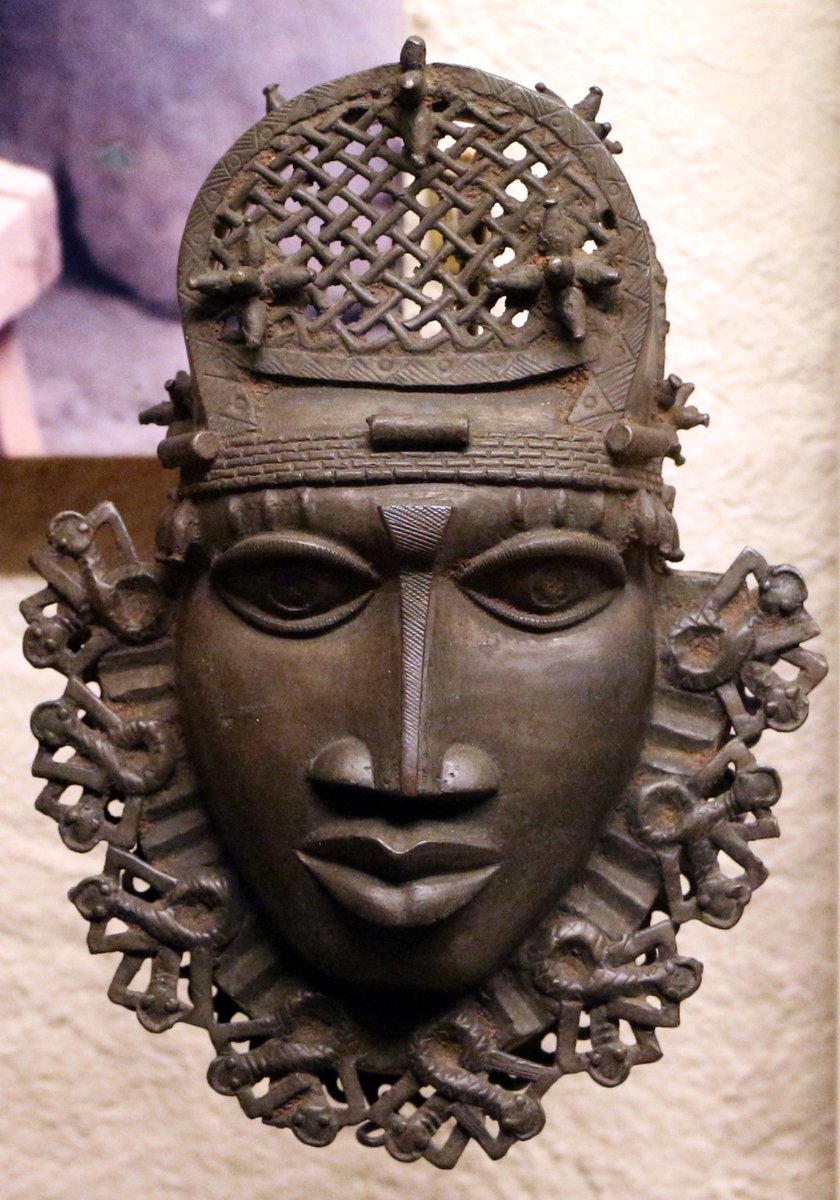


14. A diagram of the brain from Andreas Vesalius' Fabrica (1543)
Not so much a work of art as a medical document, perhaps, but a sign of the coming Scientific Revolution - leading on from the Renaissance - and a drawing which embodies the rapid progress which would soon follow.
Not so much a work of art as a medical document, perhaps, but a sign of the coming Scientific Revolution - leading on from the Renaissance - and a drawing which embodies the rapid progress which would soon follow.

15. Napoleon Crossing the Alps by Jacques-Louis David (1801)
A portrait which speaks to the Enlightenment and to the French Revolution, to the ideals of rationality and universal rights, and to the conflicts which would accompany their progress around the world.
A portrait which speaks to the Enlightenment and to the French Revolution, to the ideals of rationality and universal rights, and to the conflicts which would accompany their progress around the world.

16. Stormtroopers Advance Under a Gas Attack by Otto Dix (1924)
In an age devastated by war like no other, Otto Dix's terrifying visions of the First World War seem to capture the horrors of the 20th century as a whole, with its mechanised, technological, all-destroying wars.
In an age devastated by war like no other, Otto Dix's terrifying visions of the First World War seem to capture the horrors of the 20th century as a whole, with its mechanised, technological, all-destroying wars.

17. Worker and Kolkhoz Woman by Vera Mukhina (1937)
It was also a century dominated by ideological conflict, as the world map was redrawn time and time again by revolution and Cold War. Art, as ever, was used for political ends.
It was also a century dominated by ideological conflict, as the world map was redrawn time and time again by revolution and Cold War. Art, as ever, was used for political ends.

18. Black Star Gate in Accra (1957)
And it was a century of freedom, too. The old empires fell - of European colonialism, of the Ottomans, the Austro-Hungarians, and eventually the USSR - and declarations of independence took place all around the world. Art's symbolic power.
And it was a century of freedom, too. The old empires fell - of European colonialism, of the Ottomans, the Austro-Hungarians, and eventually the USSR - and declarations of independence took place all around the world. Art's symbolic power.

19. Edmond de Belamy by Obvious (2018)
A portrait designed by Artificial Intelligence, auctioned and sold by Christie's for $432,000 in 2018. Technology has always shaped the human story, but now it's getting involved in art, too. The future beckons...
A portrait designed by Artificial Intelligence, auctioned and sold by Christie's for $432,000 in 2018. Technology has always shaped the human story, but now it's getting involved in art, too. The future beckons...

• • •
Missing some Tweet in this thread? You can try to
force a refresh


